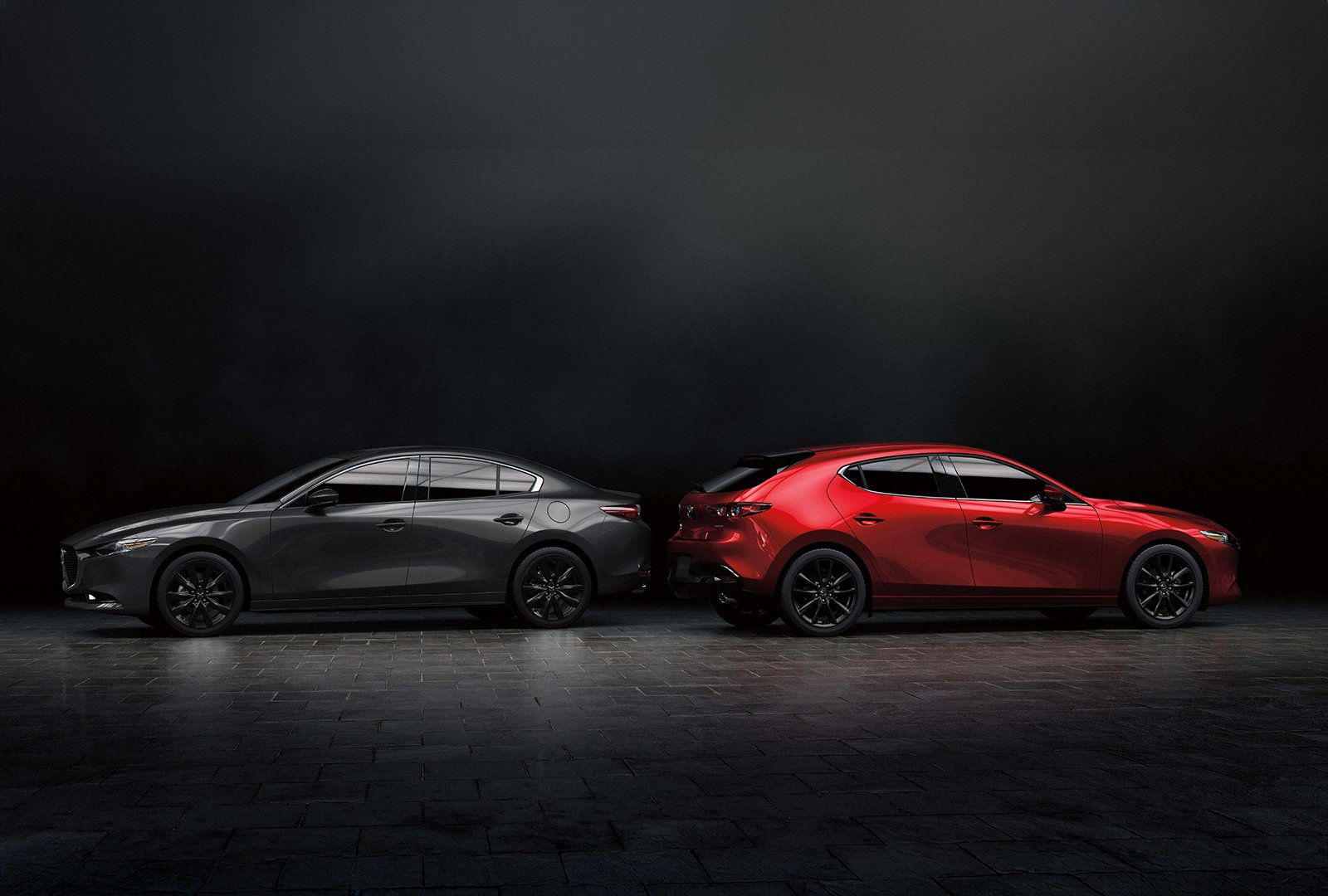
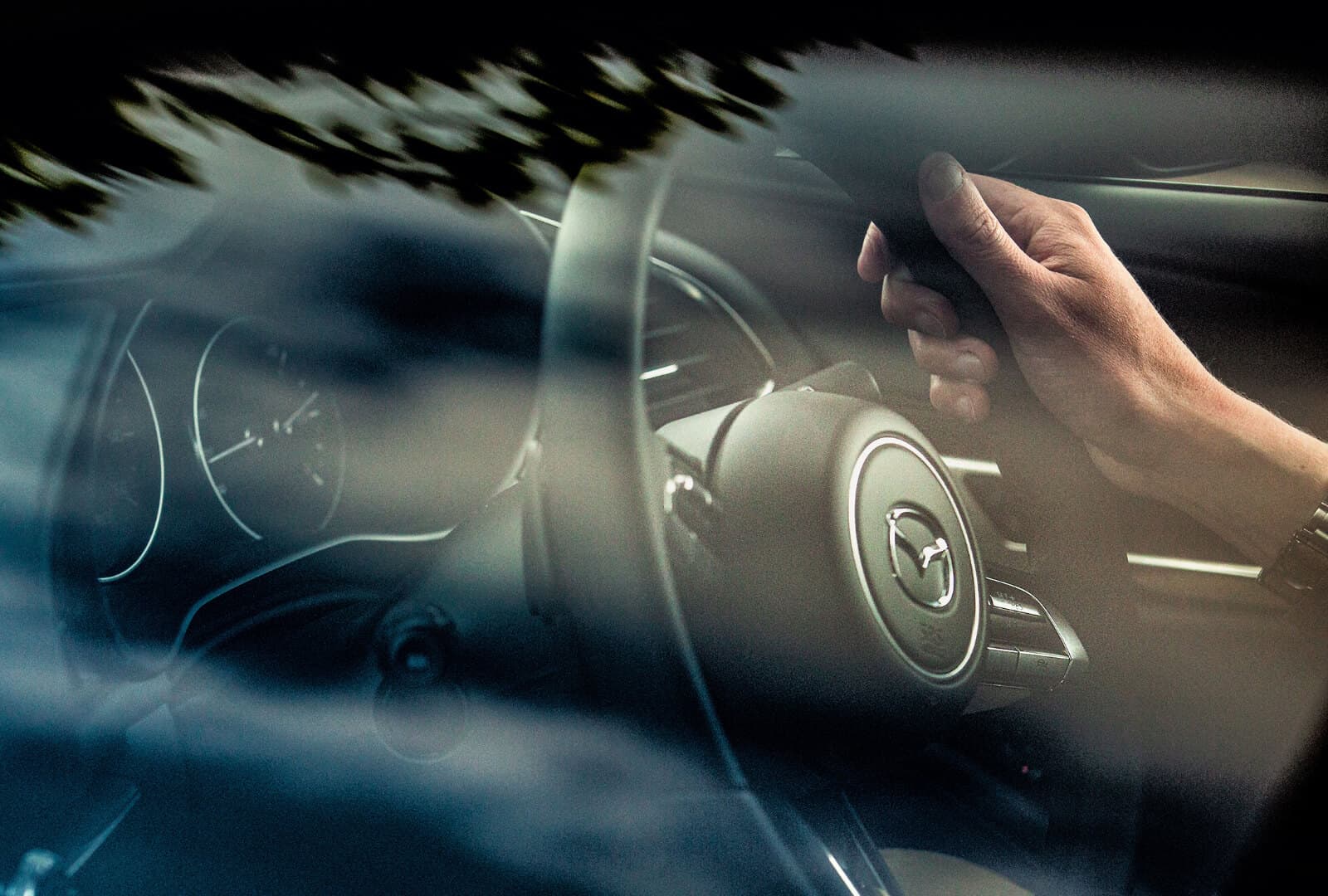

ALREADY SUBSCRIBED TO
MAZDA CONNECTED
SERVICES?
Sign in to the subscription website to
view available plans and pricing or
manage your subscription.
Canadian families involved in sports and extra-curricular activities are up early on weekend mornings, rushing off in the dark to a practice, a rehearsal or a game. Mazda’s safety technologies ensure these dedicated moms and dads can get their gang to their weekend activities safely.
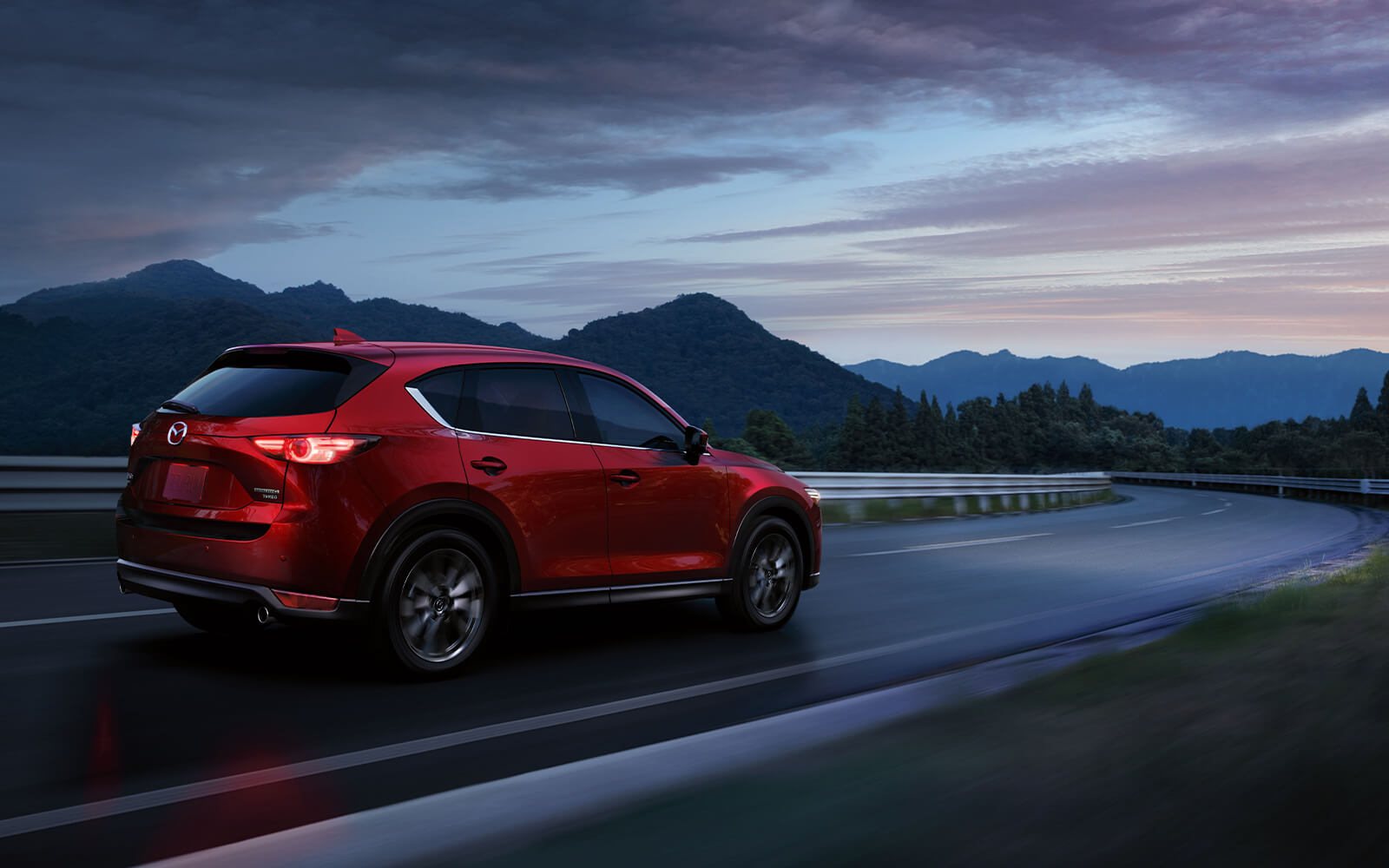
We have equipped our vehicles with an Adaptive Front Lighting System (AFS) that steers headlights around corners, illuminating the path and providing better visibility. The system measures driver’s steering inputs and turns the headlights as much as 15 percent in the direction of travel, so you can see further around corners at night.
Drivers of older vehicles often drive in dim or dark conditions, unaware that their lights aren’t on. Our Blind Spot Monitoring System (BSM) uses radar sensors to detect vehicles up to 8 metres behind you and alerts you with a solid warning light in your side mirror. If you signal an intent to change lanes, the same warning light in your mirror begins to flash.
Some of the worst times for visibility are in the late afternoon, as dusk falls and the commute begins.
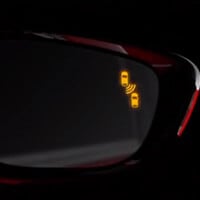
uses radar sensors to detect vehicles approaching from the sides and alerts with a warning beep.
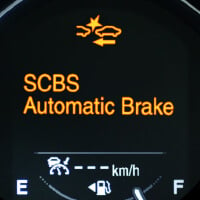
can soften the impact of low-speed collisions or avoid them altogether, using a laser in the windshield to detect vehicles up to 6 metres in front.
Weekend trips to the cottage or cabin often start on a Friday night. Mazda’s safety technologies provide comfort and reassurance, particularly during a long drive at the end of the week.
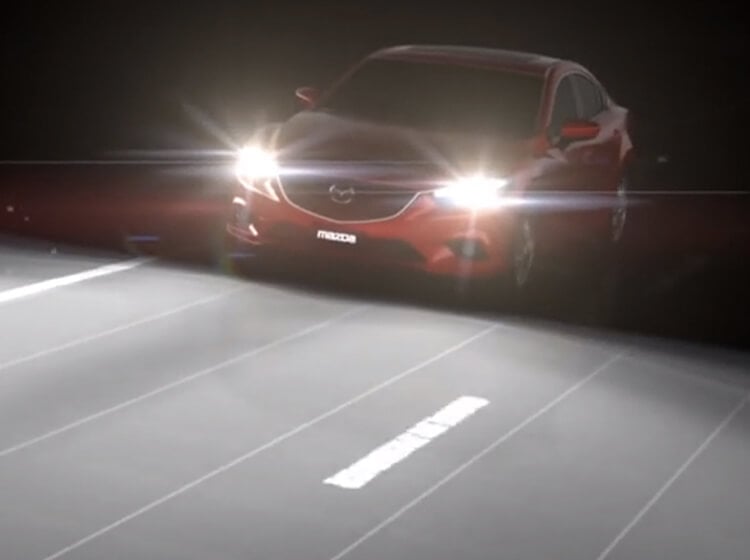
Our innovative High Beam Control System (HBC) automates something most drivers have to do manually – switching between low- and high-beam headlights on the highway. When you approach a car from behind, the windshield-mounted camera detects the car’s taillights and switches to low beam as it approaches. Once past the vehicle, the system switches back to high beam. It will also detect when your car enters a well-illuminated area, and will switch to low beam. One less thing for you to worry about.